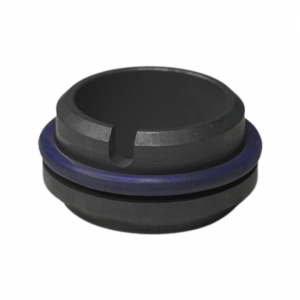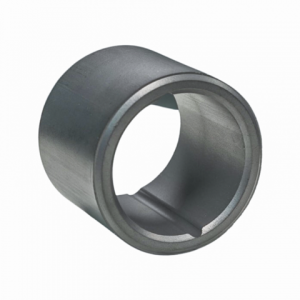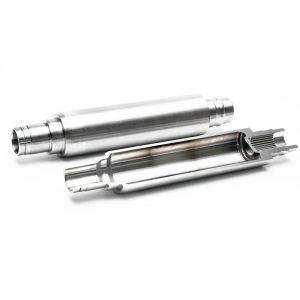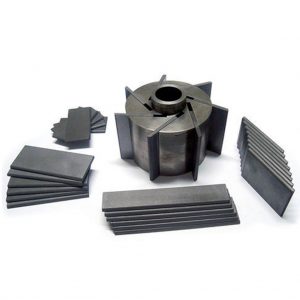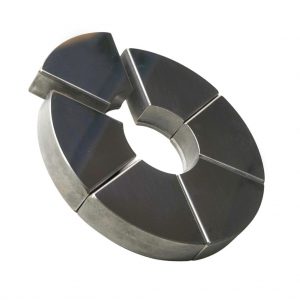Resin-Impregnated Carbon is impregnated in the pores in carbon to improve strength, impermeability and slide properties. This material is recommended for machine parts that must run submerged in water, water based chemicals, or organic chemicals with low friction and long wear life.
Carbon graphite components are most often made from two things: powders and binders. Powders consist of natural or synthetic graphite, petroleum coke, carbon black, or other forms of carbon. The common binder used in carbon graphite materials is pitch. When the powders and the binders are mixed they will then be moved into the next phase of carbon graphite production which is pressing.
When successful molding has taken place, the carbon graphite parts will then be baked. Baking is a vital part of the process because up until this point, the binder is simply holding the powders together, but not providing the strength carbon graphite parts are known for. After the kilning process, carbon graphite materials becomes porous. To close the porosity is important to let the material harder, to improve wear resistance, o have better heat and chemical resistance and to make the material water proof.
Usually Phenolic Resin, Furan Resin and sometimes Epoxy Resin, these 3 kinds of resin are applied as the impregnation agent in order to improve the seal ability and decrease the porosity of Carbon Graphite.
This material is applied on low temperature and low strength conditions.
Components
Mechanical Seals
Mechanical Components
Shaft
Metal Components for pump
Pump Accessories
Rotor Vanes
Shaft with Rotors
Thrust Bearings
Application
Automotive
Household Appliance
Refrigeration/Heating Technologies
Water Technologies


